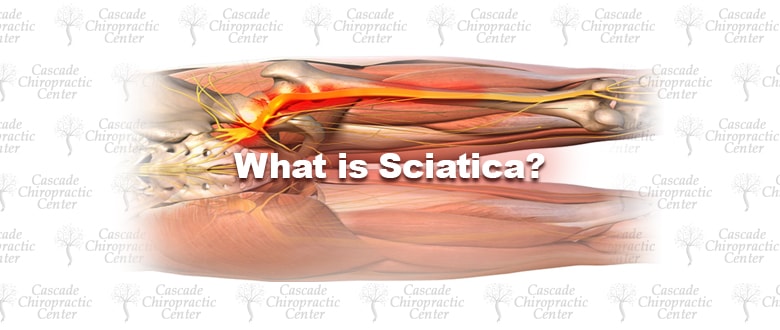What is Sciatica?
Sciatica is a term used to describe leg symptoms that are caused by a pinching or irritation of the sciatic nerve. The sciatic nerve is the largest nerve in the body and is formed by nerve roots that come together from the lower back. The sciatic nerve begins in the lower back and its branches travel down the entire leg and into the foot.
Sciatica Symptoms
The symptoms associated with sciatica can include lower back pain that extends to the hip, thigh, lower leg and foot. The leg symptoms often include achiness, numbing, tingling, burning and/or shooting pains. Sciatic leg pain can be present in some cases without associated lower back pain. The pain associated with sciatica can be anywhere from a mild irritation to debilitating pain that significantly affects one’s sleep and many normal daily activities.
Sciatica Causes
Sciatica can be caused by numerous conditions in the lower back and hip regions. Four of the most common causes of sciatica are the following. Degenerative disc disease can decrease the space that the nerve root has to travel out from the spinal cord causing pressure or irritation to the nerve. The degenerative changes may also allow abnormal motion in the lower spine which will irritate the spinal joints and cause an increase in inflammation. This inflammation can “spillover” and irritate the nerve root causing sciatic leg pain. Another common cause of nerve root irritation is a herniated disc. The disc can crowd the nerve where it exits from the spine once again causing nerve irritation and sciatic leg pain.
Two common causes of sciatica that irritate the peripheral nerves rather than the nerve roots are sacroiliac joint dysfunction and piriformis syndrome. The sacroiliac joints are joints in the pelvis. When the sacroiliac joint is malpositioned or moving abnormally this can irritate the nerve that runs over it creating sciatic pain. The piriformis muscle starts at the sacrum, at the very bottom of the spine, and attaches to the femur or “hip bone”. The piriformis muscle travels very close to the sciatic nerve and if it is contracted or irritated for any reason it can also irritate the sciatic nerve causing leg symptoms.
Sciatica Treatment
The first step in treating sciatica is to determine what part of the lower back or pelvis is functioning abnormally and may be irritating the sciatic nerve. If it appears that the cause is mainly from degenerative disc disease or a disc herniation chiropractic flexion distraction techniques for the lower back can be very helpful. If sacroiliac joint dysfunction is present chiropractic manipulation techniques to help normalize these joints have been shown to be very beneficial. Piriformis syndrome is frequently as a result of sacroiliac joint dysfunction also. Stretching of the piriformis muscle as well as ultrasound or muscle stimulation are also frequently utilized to help normalize piriformis function and decrease sciatic nerve irritation.
At Cascade Chiropractic Center in Bend, OR we are equipped to treat sciatica with many non-surgical approaches including those mentioned above. We have successfully treated hundreds of cases of sciatica over the past 30+ years. Please call us today to schedule an appointment so that we can begin working to bring you the relief you desire.


Hi,
nice article, thanks for sharing, keep up the good work